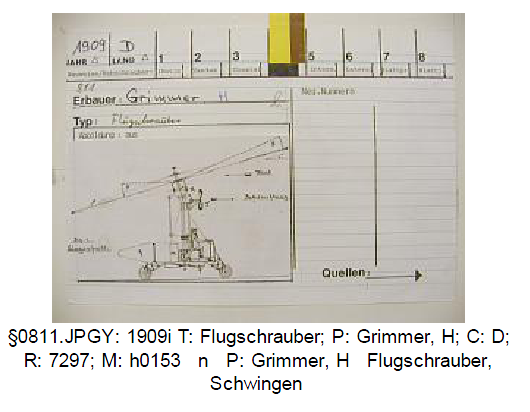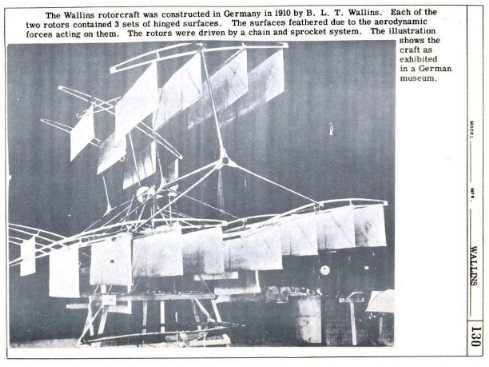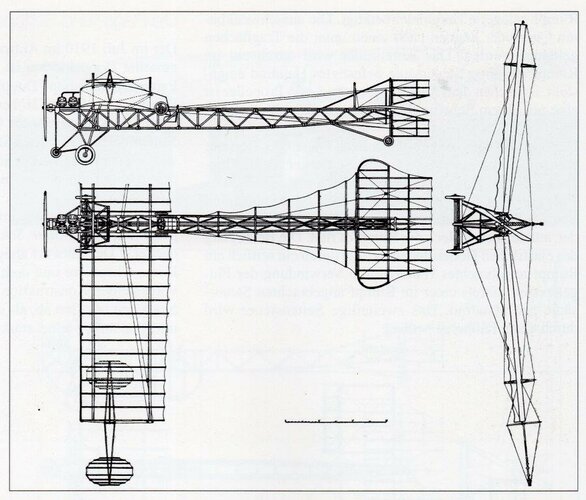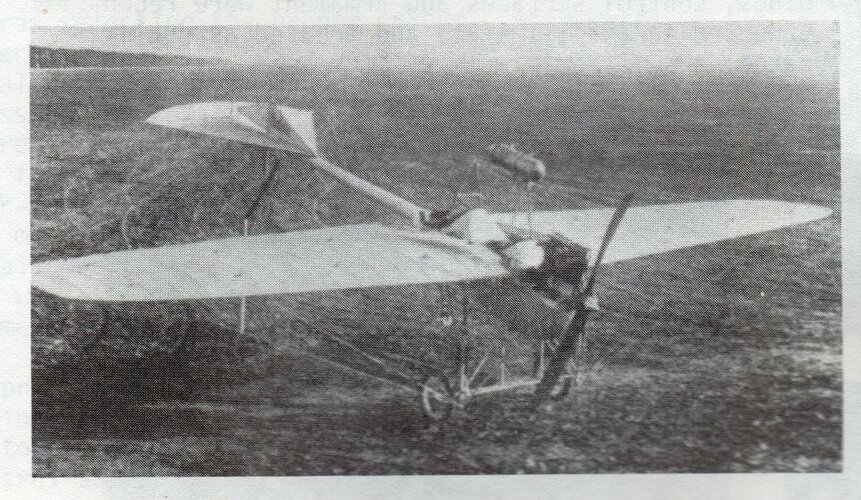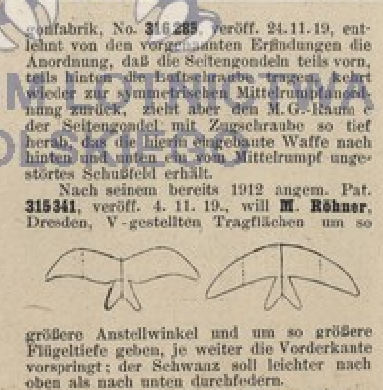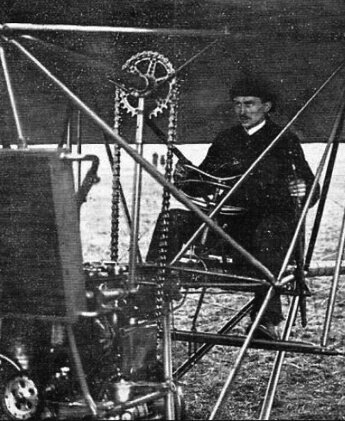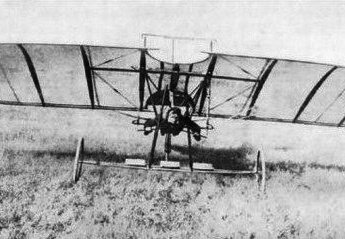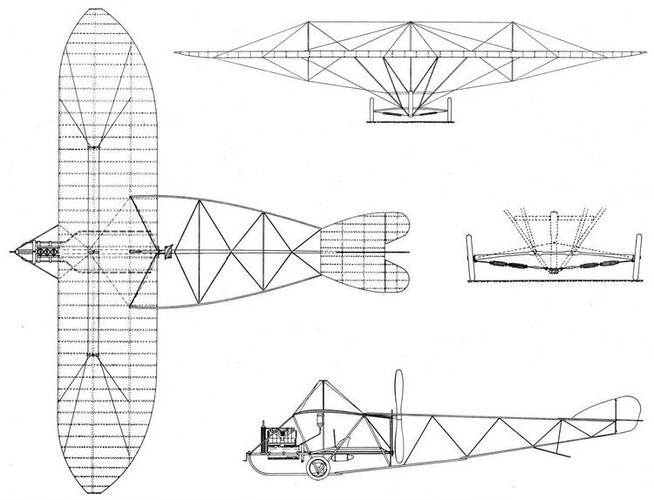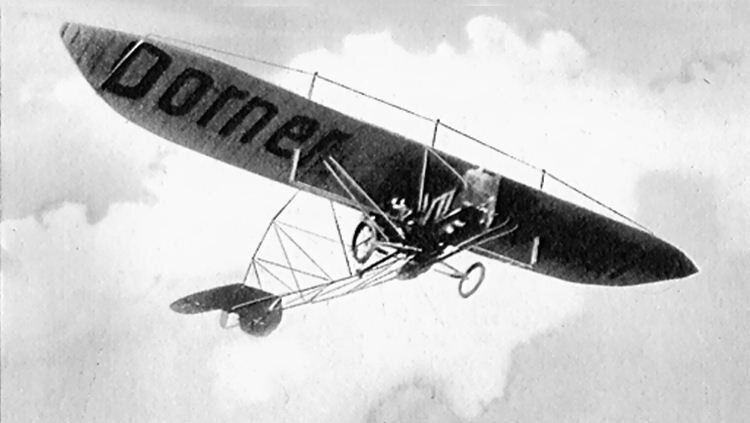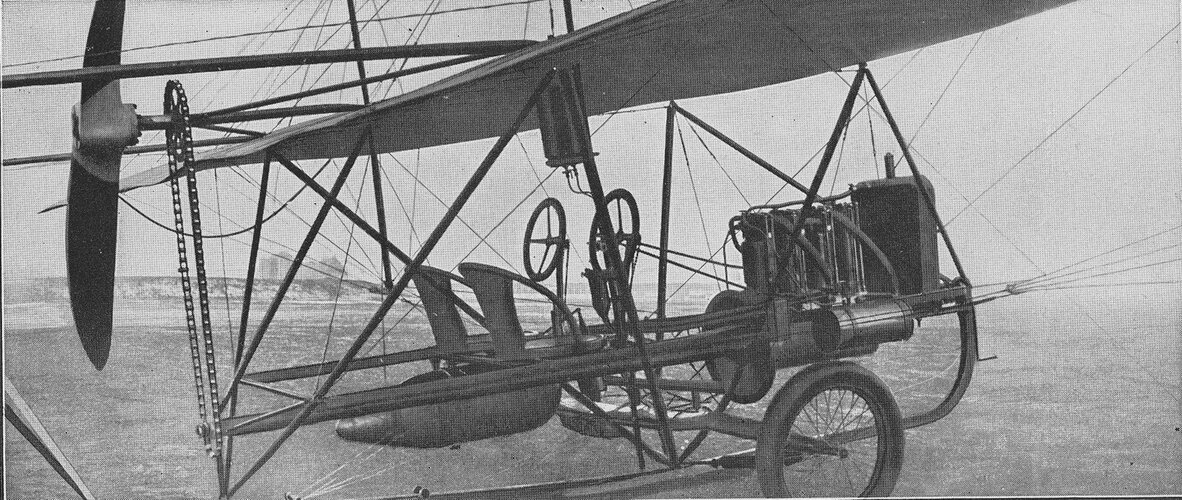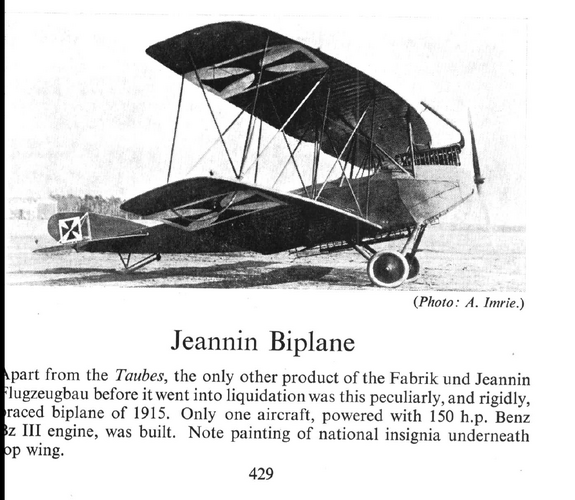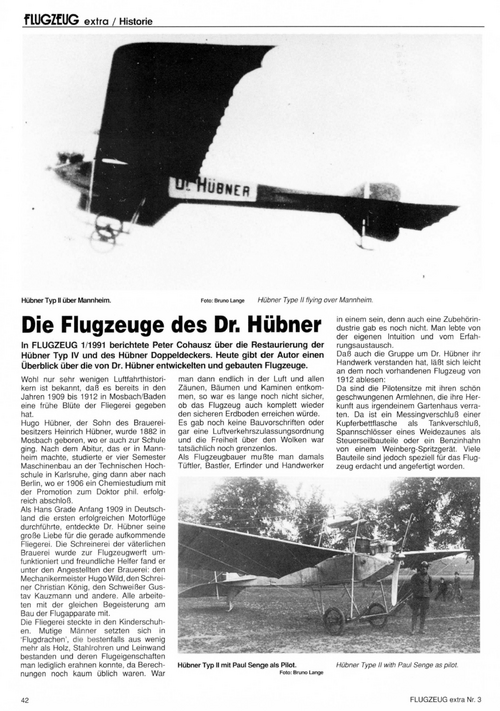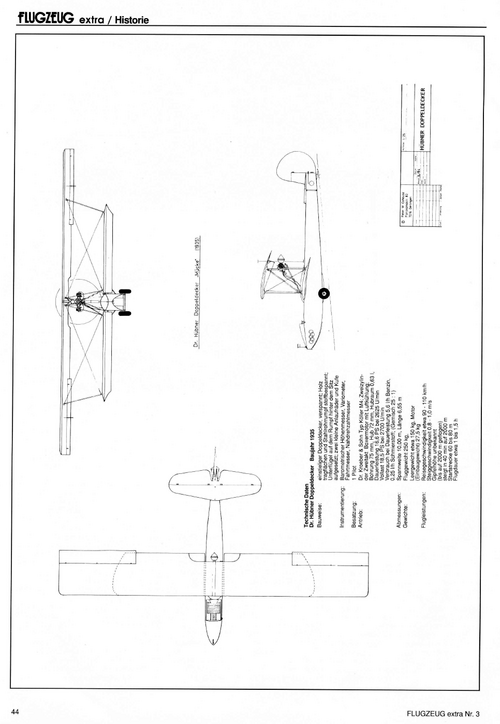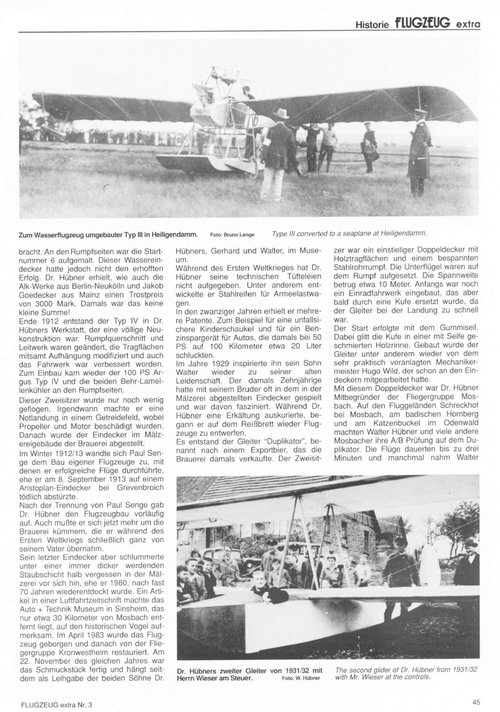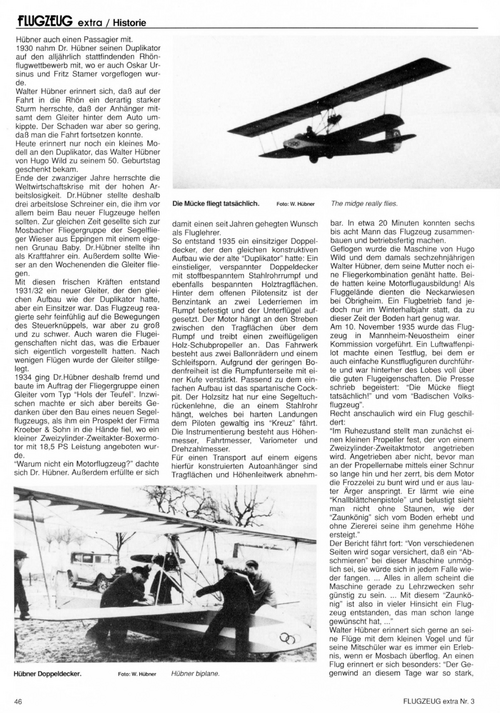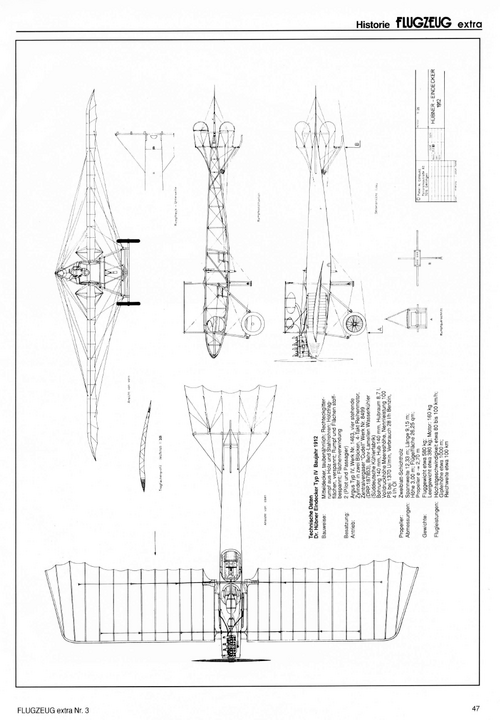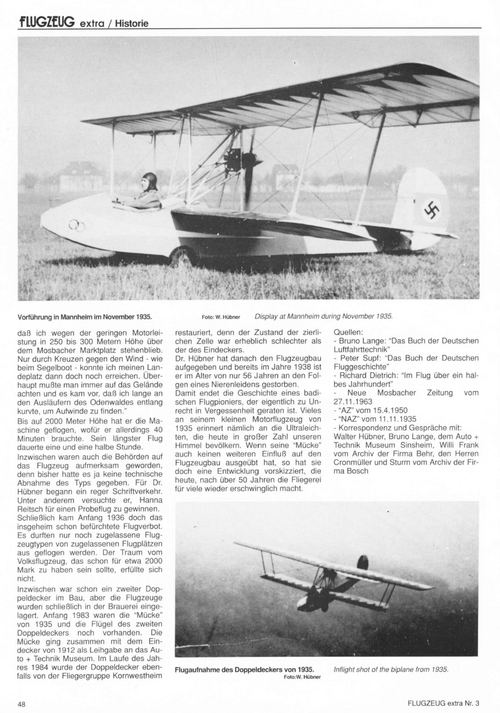- Joined
- 26 May 2006
- Messages
- 34,901
- Reaction score
- 15,775
Did anyone hear about this designer ?;
Pioneer amphibious Project. Poland Germany,
In July 1912, Lucius Lange exhibited a model of a monoplane of his
own construction, a seaplane with floats and a wheeled landing gear
in Jan Wlekliński's cigar store in the Bazaar. The structure was easy to
assemble and disassemble. In the event of a failure in the air, it could
be disassembled in the air and the aviator could be rescued with a
mechanical device replacing a parachute.
Pioneer amphibious Project. Poland Germany,
In July 1912, Lucius Lange exhibited a model of a monoplane of his
own construction, a seaplane with floats and a wheeled landing gear
in Jan Wlekliński's cigar store in the Bazaar. The structure was easy to
assemble and disassemble. In the event of a failure in the air, it could
be disassembled in the air and the aviator could be rescued with a
mechanical device replacing a parachute.

